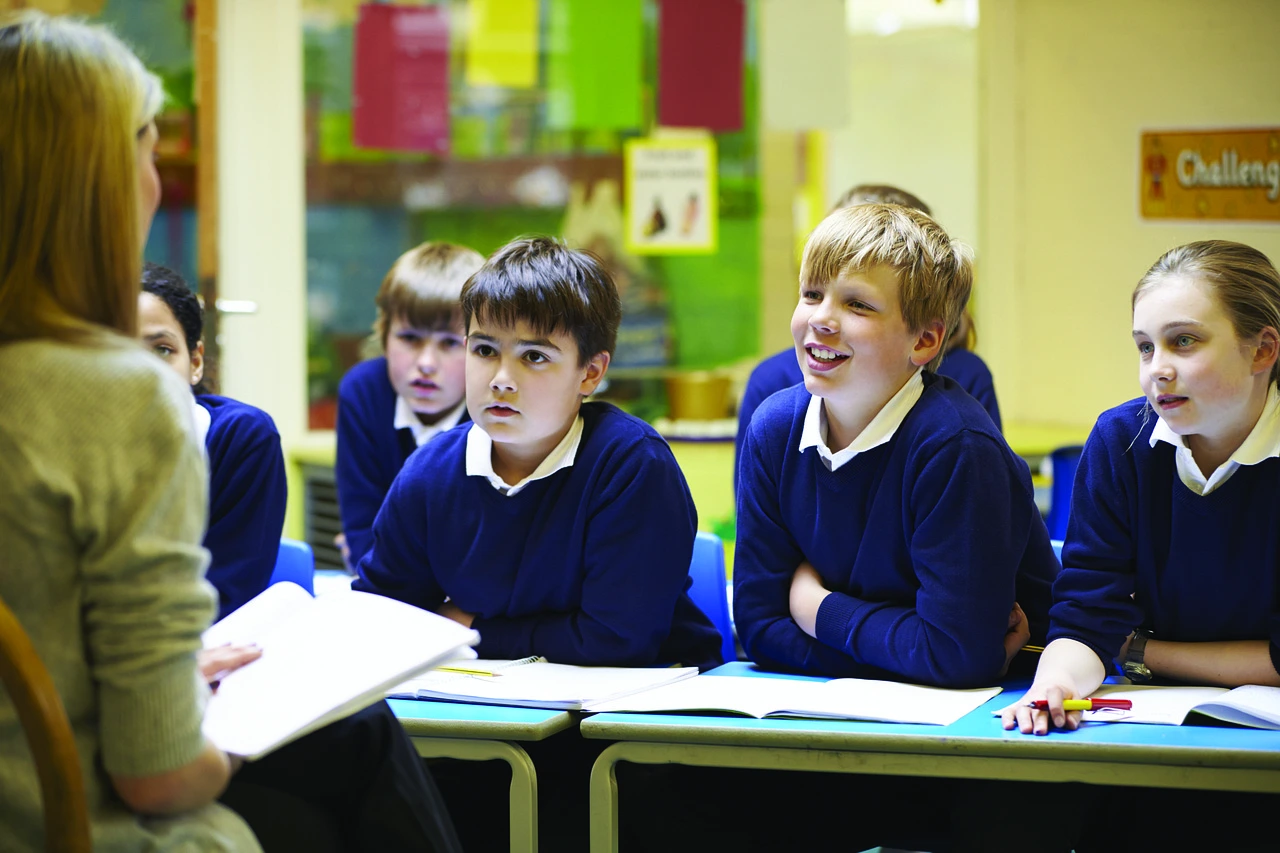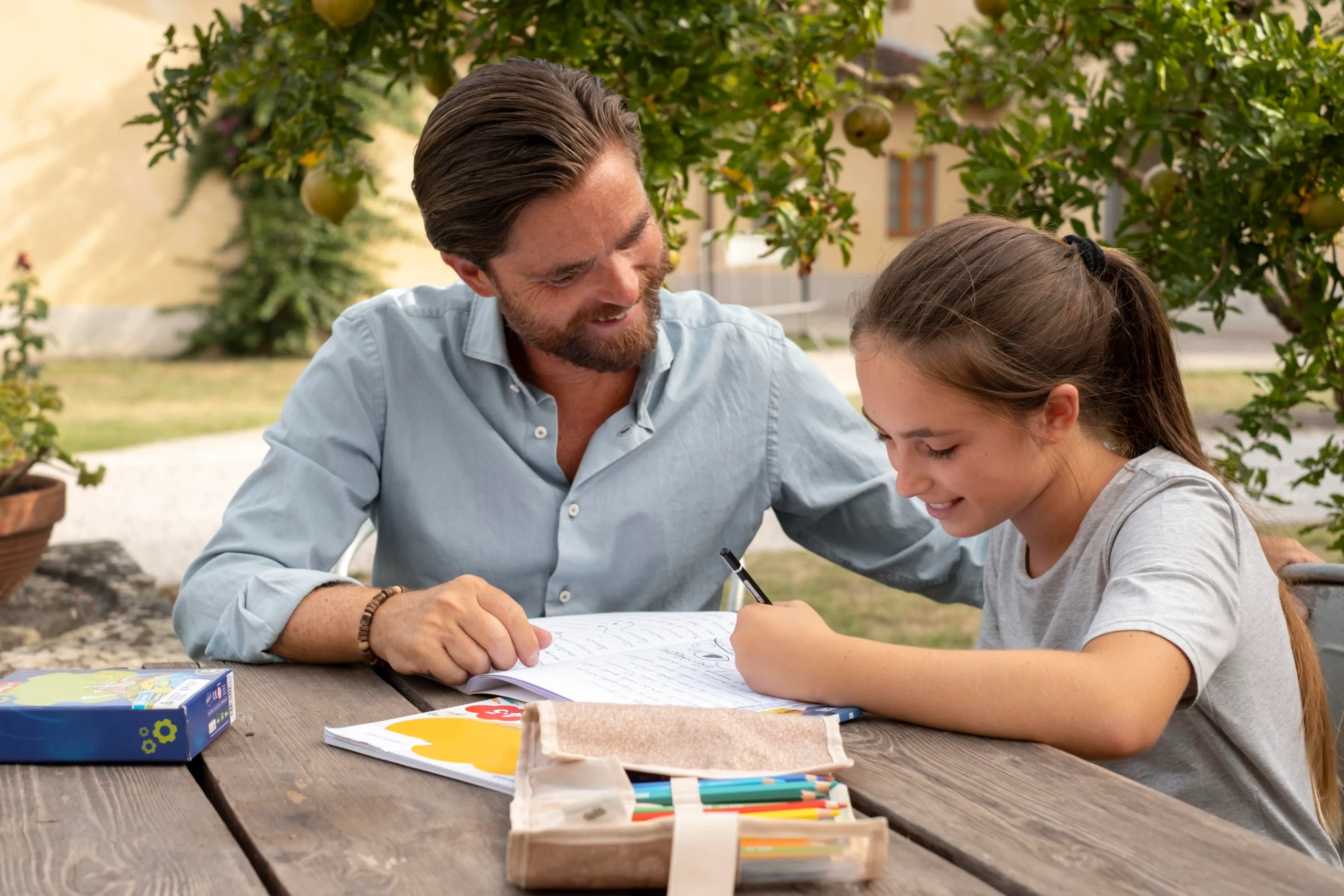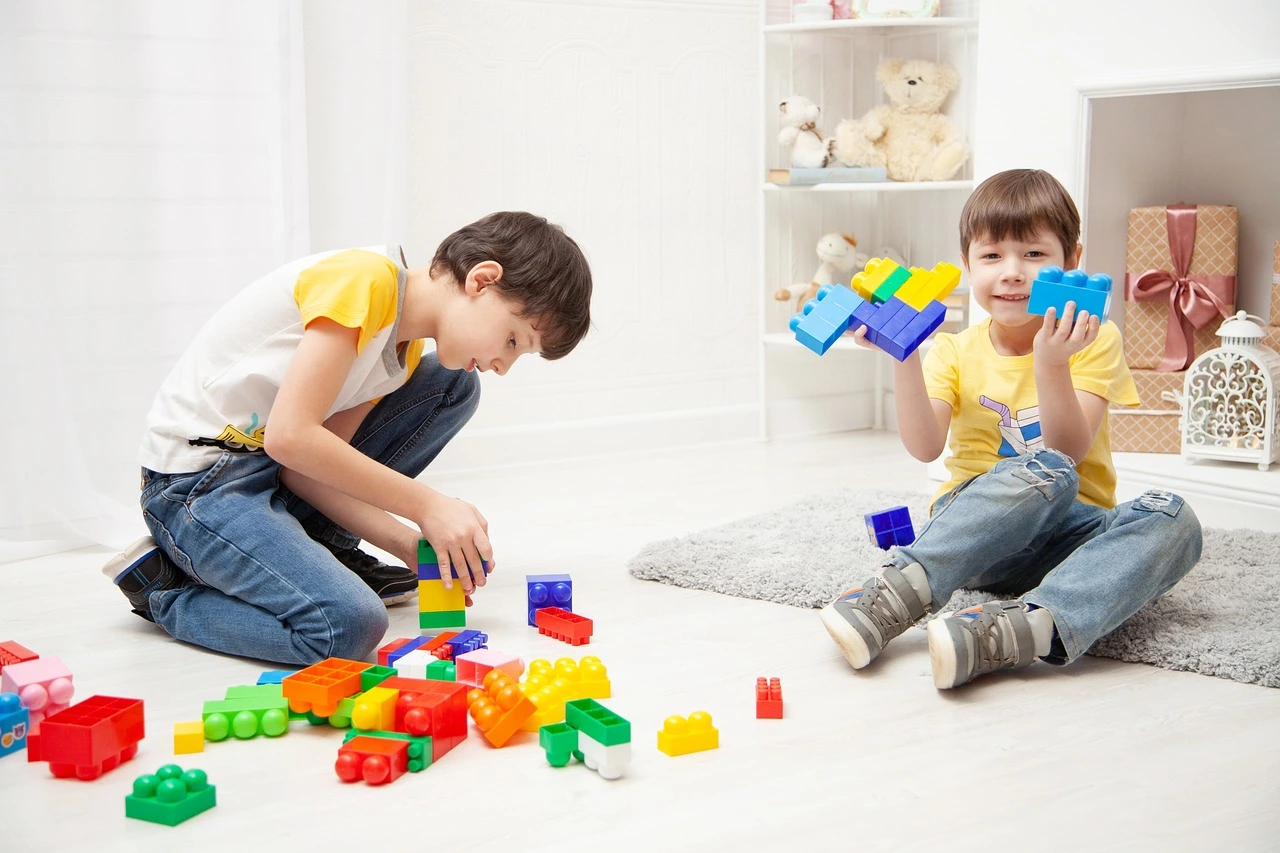In my last post, I talked about how life skills can—and should—be included in an IEP. But the truth is, independence doesn’t only happen at school. It starts at home.
As both an educator and a parent, I’ve seen how the routines we build at home prepare our children for the world outside. Every time a child pours juice, brushes their teeth, or picks out their clothes, they’re practicing independence. And those moments add up.
Our Story
For our son, independence began with some of the hardest skills—toileting and managing his FPIES food allergy. These weren’t simple skills. They required patience, consistency, and teamwork between home and school.
We celebrated every step forward—whether it was washing hands without reminders, or asking before eating something he wasn’t sure about. Those small wins gave him confidence, and that confidence carried into other areas of his life.
Practical Ways to Build Life Skills at Home
Here are some strategies that helped us—and that I share with families I work with:
- Use visual schedules. Post a chart for morning or bedtime routines so your child knows what’s next.
- Break tasks into small steps. “Brush teeth” might mean: pick up the toothbrush → put toothpaste → brush the top → brush the bottom → rinse.
- Encourage choice-making. Let your child choose between two snacks, two shirts, or two activities.
- Practice during natural routines. Count grapes during snack, sort laundry by colour, or practice zipping coats before leaving the house.
- Celebrate effort, not perfection. A backwards shirt or spilled milk still means progress.
Life Skills Checklist for Parents
Here’s a simple checklist you can use at home to practice independence. You can print it, keep it on the fridge, or bring it to your next IEP meeting to help guide the conversation with your child’s team.
Self-Care Skills
[ ] Uses the bathroom independently
[ ] Brushes teeth with/without reminders
[ ] Washes hands with soap
[ ] Dresses self (buttons, zippers, shoes)
[ ] Bathes or showers with minimal help
Daily Living Skills
[ ] Helps set the table or clear dishes
[ ] Puts away toys or belongings
[ ] Pours a drink or snack safely
[ ] Follows a simple routine (morning/bedtime)
[ ] Completes one-step chores (feeding pet, laundry)
Safety & Independence
[ ] Knows personal information (name, address, phone number)
[ ] Asks for help when needed
[ ] Understands basic safety (crossing the street, stranger danger)
[ ] Knows what foods are safe/unsafe (for allergies)
[ ] Follows directions in public places
Social & Communication Skills
[ ] Greets others appropriately
[ ] Takes turns in games or activities
[ ] Expresses needs or feelings with words or visuals
[ ] Chooses between two or more options
[ ] Joins group activities with support
Download the Other Free Printables
If you missed them, here are the other resources I’ve created for parents:
• 📄 IEP Parent Rights & Responsibilities Checklist
• 📄 IEP Meeting Prep Worksheet
• 📄 What Is an IEP? Printable Guide
• 📄 Small Steps Quote Card
• 📄 School Through My Child’s Eyes Worksheet
• 📄 Parent Voice Sheet
(All of these are available in my “Pages” section as free downloads.)
Encouragement for Parents
Independence is built one small step at a time. What you do at home matters just as much as what happens at school. And every little success—whether it’s putting on socks or asking for help—is a big win.
Your Turn
What life skills are you practising with your child at home?
How do you celebrate their progress?
Share your ideas in the comments—we can all learn from each other.








